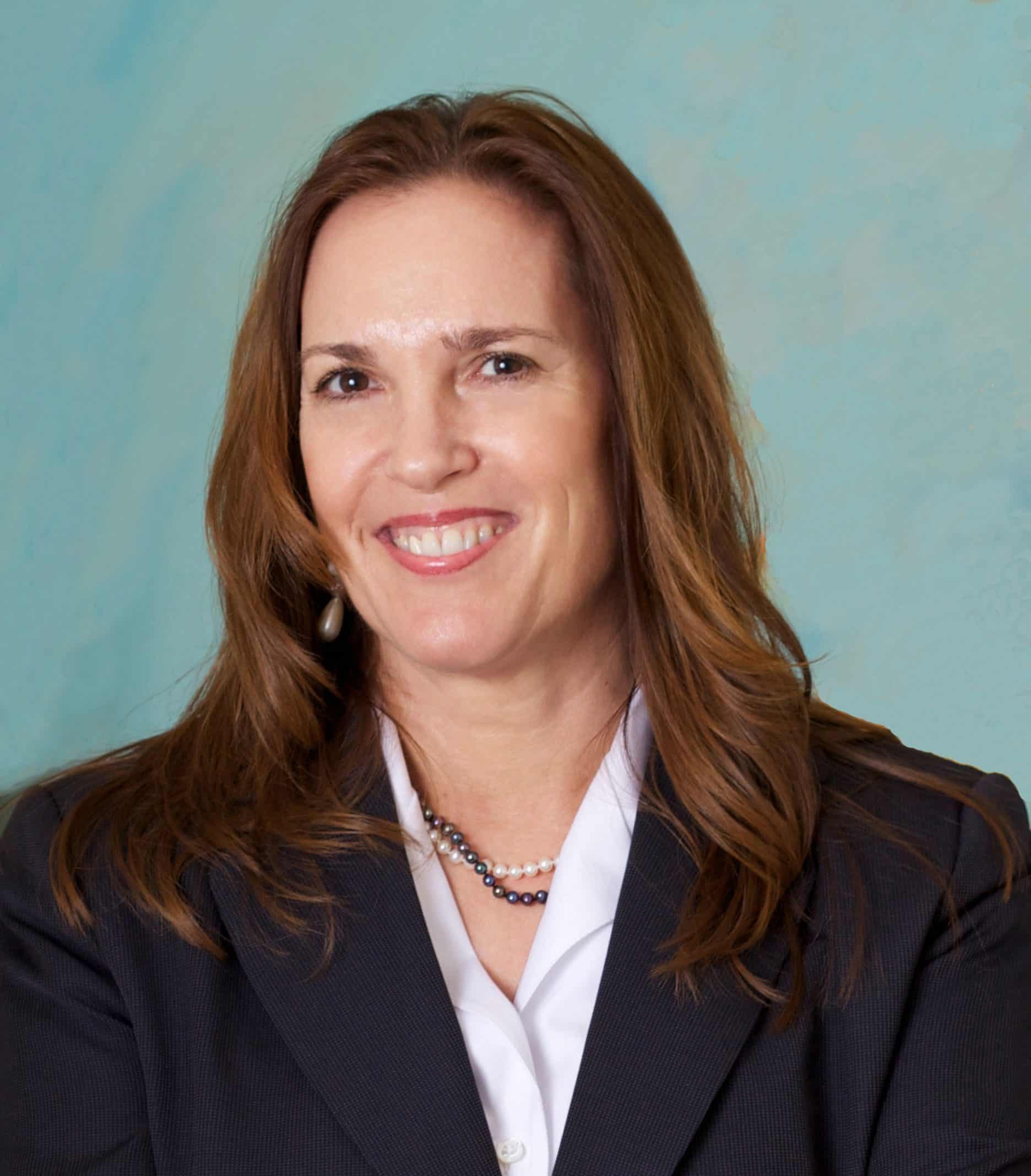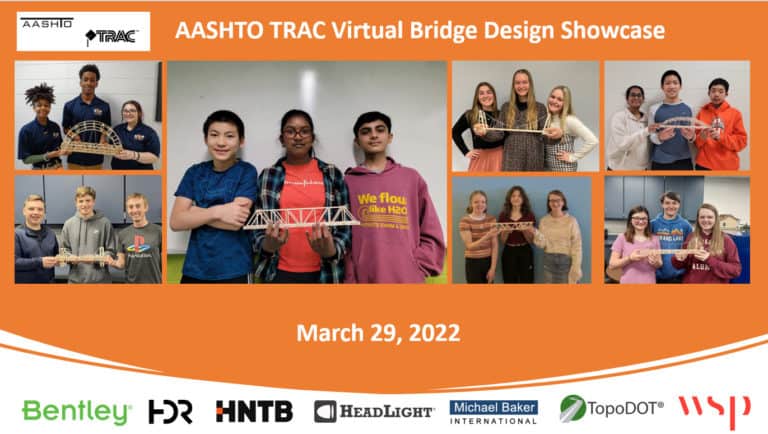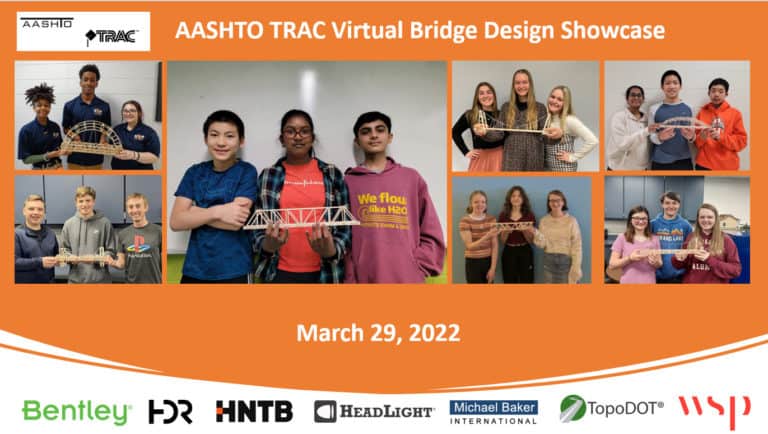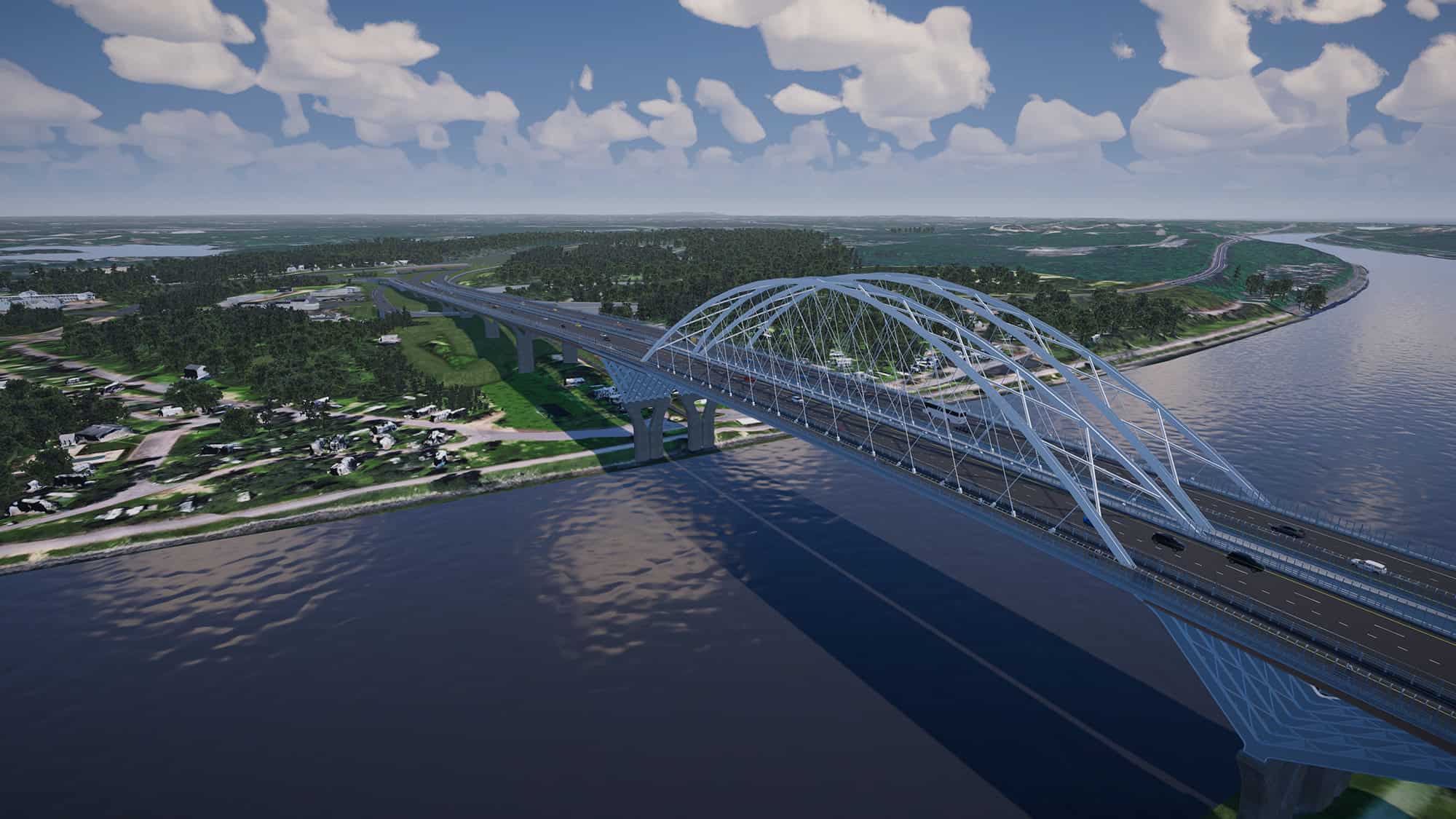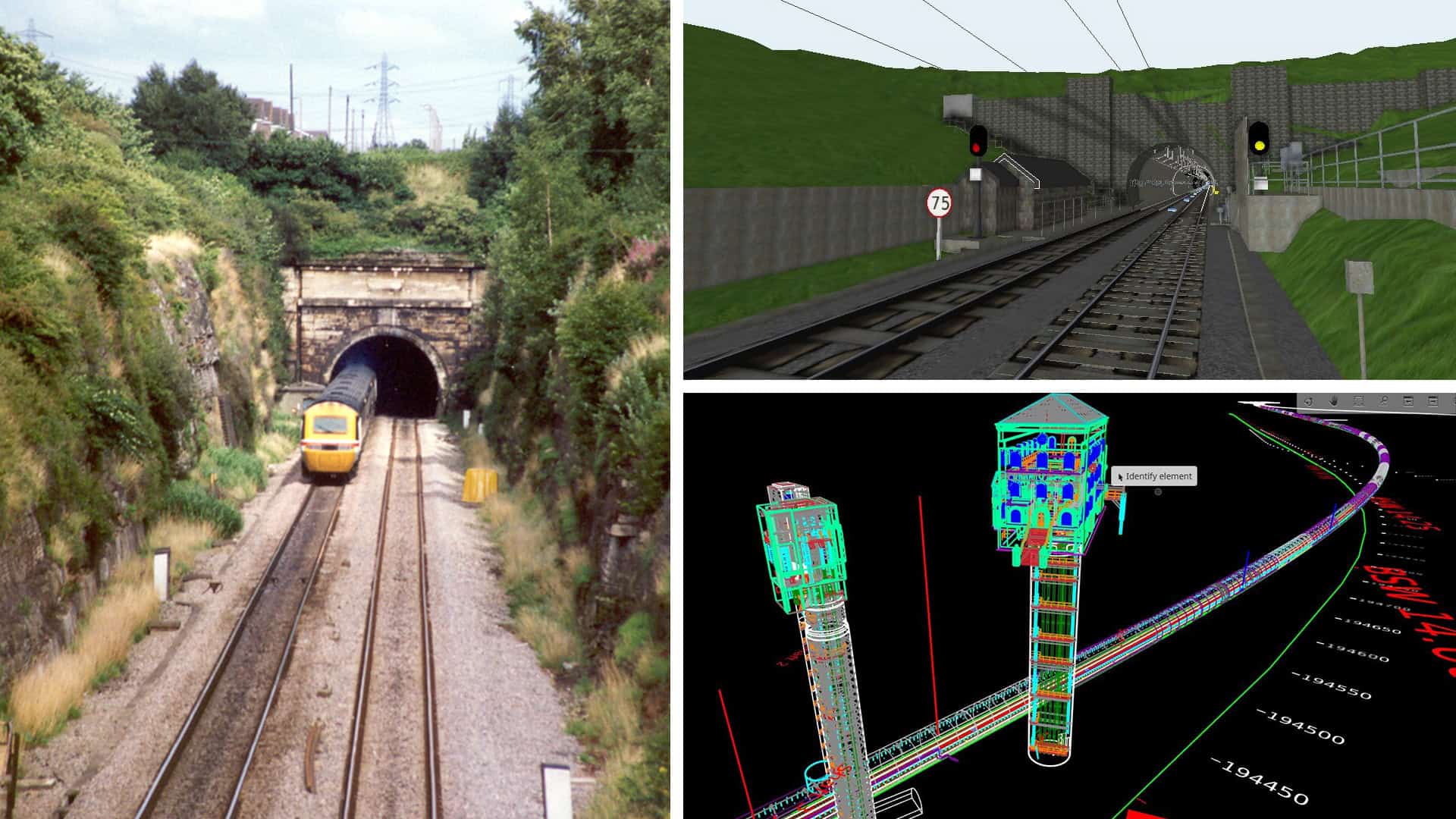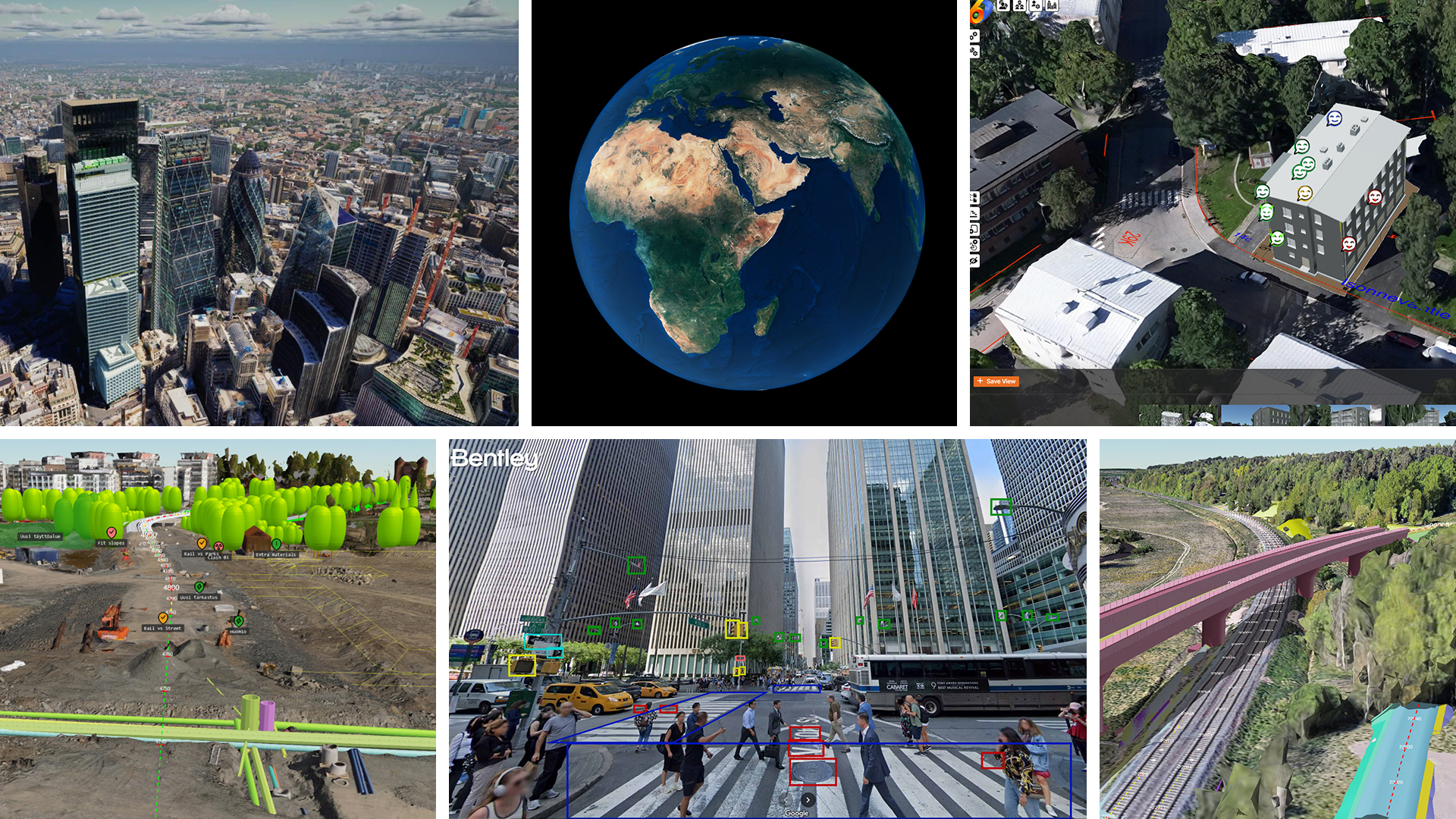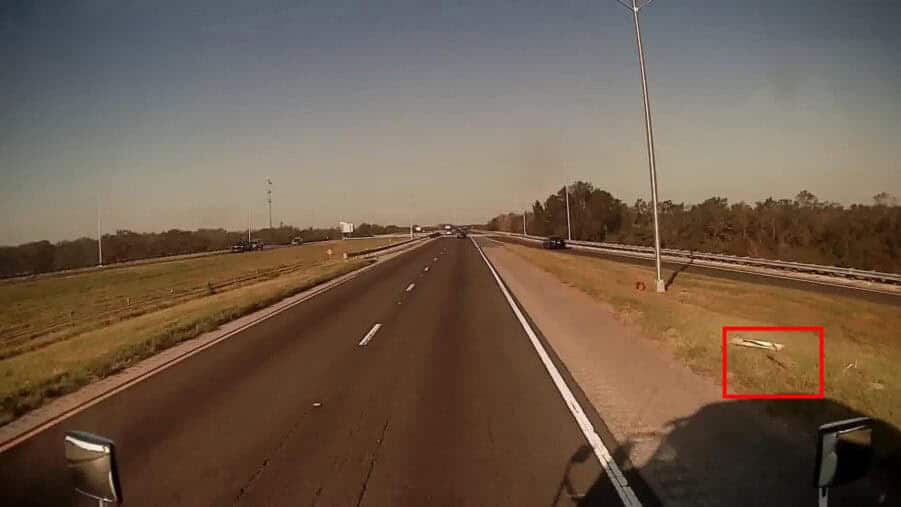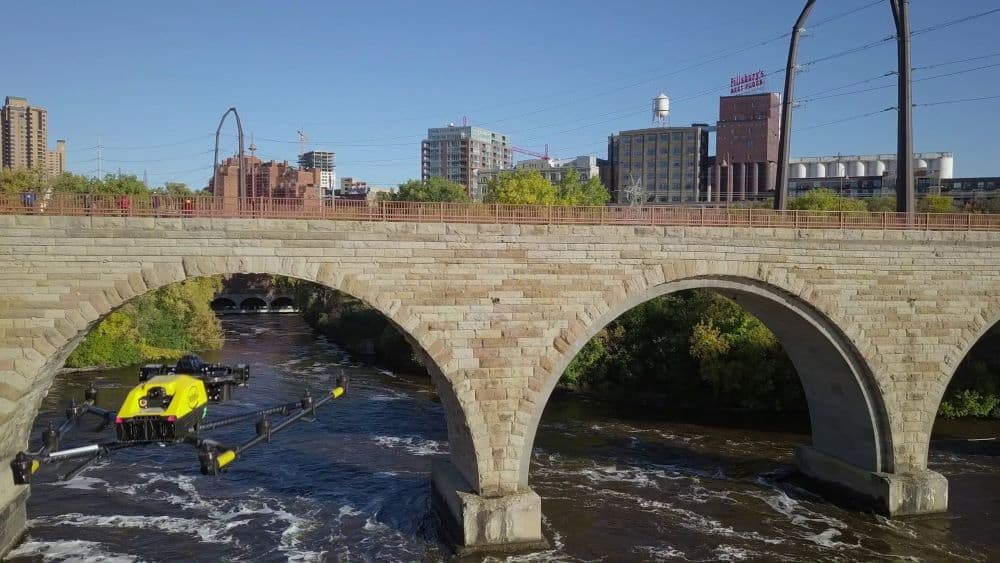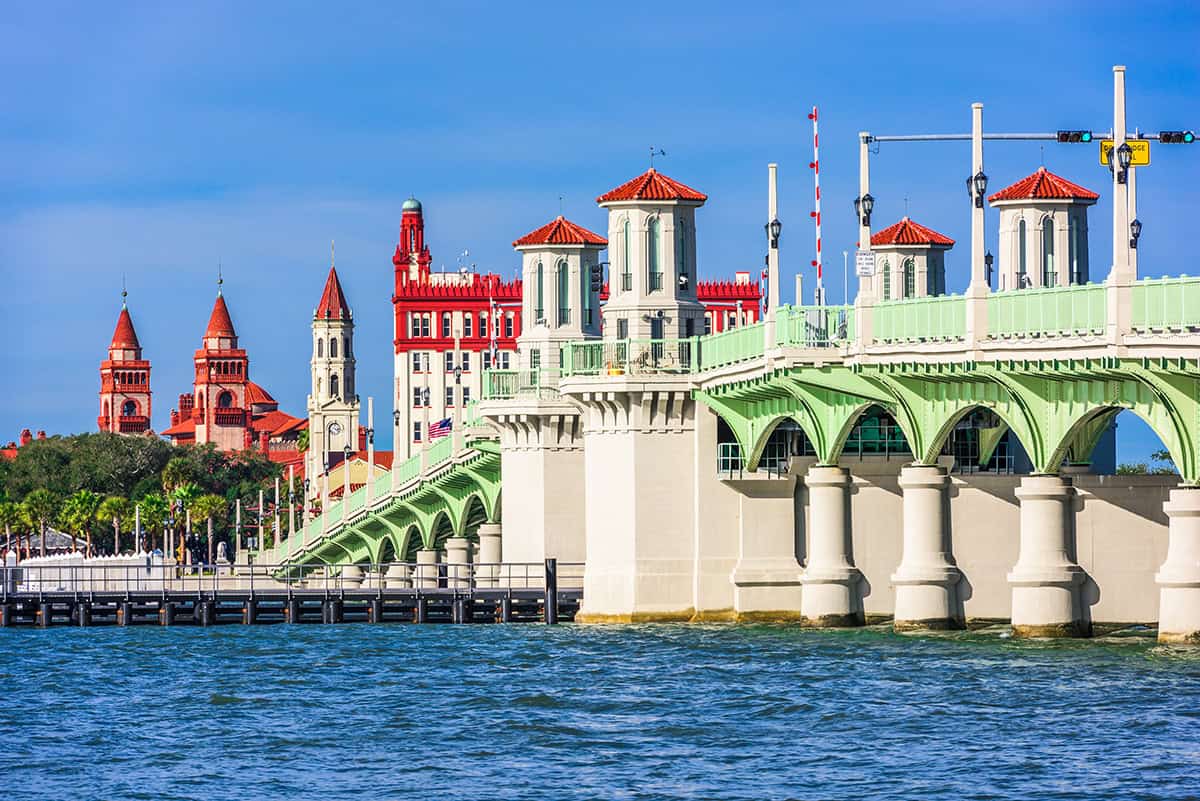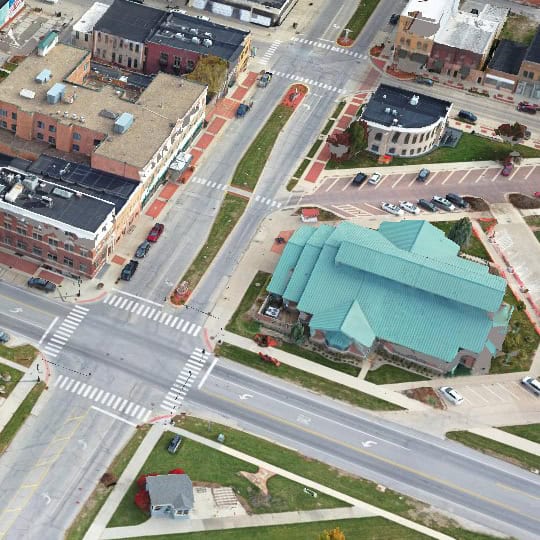One of the most challenging issues for departments of transportation is ensuring you have enough civil engineers for projects. In addition to a competitive job market for engineers, the retirement of experienced personnel sometimes called the “silver tsunami,” could leave DOTs and their partners without sufficient engineers.
Key to addressing this issue is investing in the future through programs that encourage younger generations to pursue careers in the transportation industry. The American Association of State Highway and Transportation Officials (AASHTO) TRAC & RIDES program is a great model for this. The AASHTO TRAC program was designed for use in science, technology, engineering, and mathematics (STEM) classes to introduce students in the United States to transportation and get them excited about a career in civil engineering.
“America’s transportation industry has a huge demand for well-qualified civil engineers,” said Julia Smith, manager of the AASHTO TRAC & RIDES program. “TRAC’s goal is to get middle and high school students exposed to and excited about a career in civil engineering. We see TRAC as an investment in today’s youth, to ensure that America has the highly skilled workforce it’s going to need for years to come.”
TRAC National Bridge Challenge
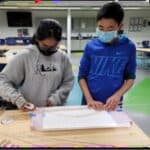 Students work to refine their bridge design.
Students work to refine their bridge design.Each year TRAC holds a National Bridge and Structure Competition at the AASHTO Spring meeting for middle and high school students who use Bentley software to design a bridge. Due to pandemic restrictions, for the third year in a row Bentley partnered with AASHTO to present the student bridge design showcase as a virtual event. Also sponsoring the event were HDR, Headlight, HNTB, Michael Baker International, TopoDOT, and WSP.
The event gives students from around the country the opportunity to design a bridge using software provided by Bentley Systems. Each grade level was assigned a different bridge type to design and build. 7th and 8th grade teams are assigned a Truss Bridge, 9th and 10th grade teams a Tied-Arch (Bowstring) Bridge, and 11th and 12th grade teams a Self-Anchored Suspension to design. The teams then research the assigned bridge type, developed and conducted experiments to test for strength-to-weight ratio, and design a bridge out of balsawood resulting from those experiments.
HNTB’s Chelsea Merrill, West Region Business Development Officer and Associate Vice President said. “The TRAC competition is a wonderful opportunity for students to not only learn about complex structural design and construction concepts and apply those principles in a real-world context, but to also build their professional communication and presentation skills. I’m honored to once again participate on behalf of HNTB and connect with a diverse group of incredibly talented future transportation leaders.”
The Competition
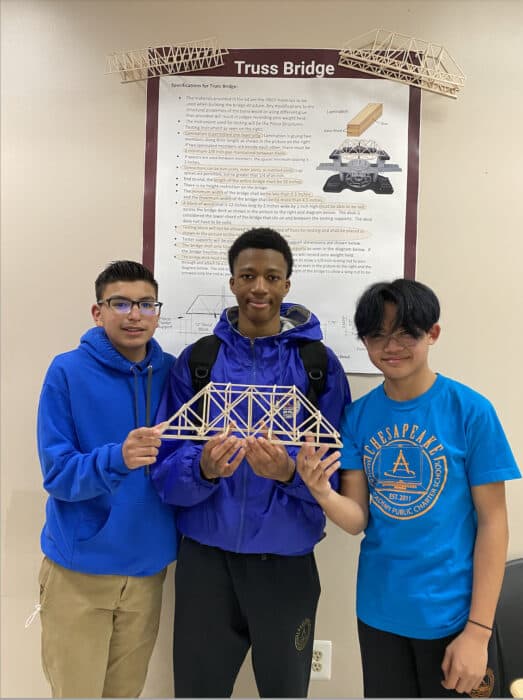 Tiger Construction Inc., winners of the 7th and 8th grade division. Photo via AASHTO TRAC.
Tiger Construction Inc., winners of the 7th and 8th grade division. Photo via AASHTO TRAC.84 student teams from around the county submitted projects for this year’s challenge, and the nine teams from three age groups that were selected as finalists presented to a panel of Department of Transportation engineers and sponsor executives followed by a lively Q&A session. The virtual showcase allowed the students to present their projects and demonstrate how they designed the bridges, as well as how they built models of their designs with balsawood.
Natalie Crespo-Montano of Maryland coached the Chesapeake Math and IT Academy team and explains “The students were excited while they were building and testing their prototype. These parts of the engineering process gave the students the opportunity to act and feel like an engineer. They learned the importance of planning, creating, testing, and improving. These experiences and challenges changed their perspective about pursuing a career in engineering.”
Coach Diane Xu of Northville Michigan saw firsthand how the program helps to inspire careers. “Students are encouraged to develop their own design ideas and compare the test results with other team members. By sharing ideas and finalizing the design they can see how a career in engineering is fun. TRAC is a great program to get them involved in engineering and increase their interest in a career”.
Participant Varshini Muppa from the Tied to the Design team said “TRAC allows students to effectively learn how to communicate as a team and overcome challenges which are crucial with any career and especially in engineering. Most importantly it teaches students how to get over defeats, such as having a low bridge efficiency, and how to pick yourself up from that so-called “defeat/failure” and learn from it. TRAC definitely strengthened my love for engineering. It was a super fun project to work on!”
I was proud to be part of the team that brought the AASHTO TRAC challenge back as a virtual event. I loved seeing the excitement and creativity of these young people as they talked about how they came up with their bridge design concepts, the lessons they learned along the way building the bridges, and their future career plans. It was also great to see so much diversity in the teams this year. Visit the AASHTO website to view the full list of winners.
